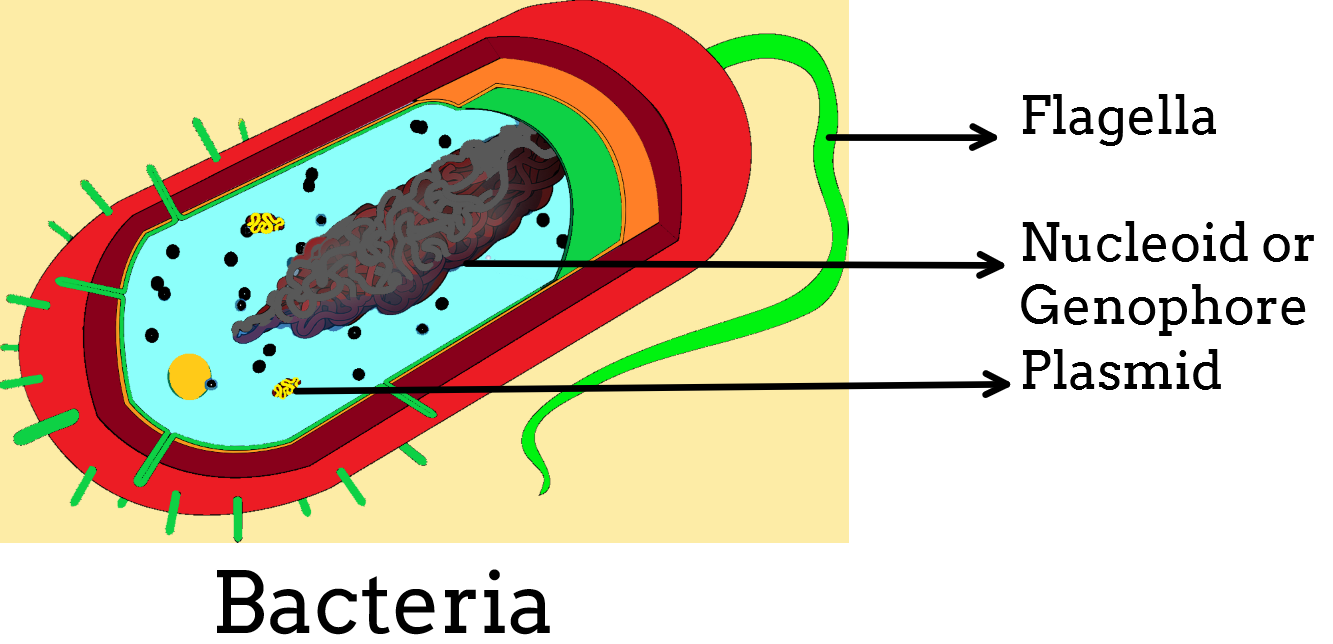
What is the causative agent of Cholera?
(a)Bacteria
(b)Virus
(c)Fungus
(d)Protozoa
Answer
487.5k+ views
Hint: A Faeco-orally transmitted contagious bacterial disease. The disease spread due to unhealthy personal hygiene and sanitation practices.
Complete answer:
Cholera is an infectious and is often a fatal bacterial disease of the small intestine, which is typically contracted from infected water supplies and causing severe vomiting and diarrhoea. A bacterium called Vibrio cholerae causes cholera infection. The symptoms are produced due to the toxins released by the bacteria.
Additional Information:
Symptoms of this disease may range from none, to mild and to the severe or chronic. Dehydration occurs during this disease which makes the skin turn blue.
Other names of the disease are:
- Asiatic cholera
- Epidemic cholera.
Risk factors: Poor sanitation, not enough clean water for drinking, and poverty.
Diagnostic method: Stool test.
Treatment: oral rehydration therapy, zinc supplementation, intravenous fluids, and antibiotics.
As we all know, the disease is infectious and so it spreads from person to person.
This disease is spread mostly by unsafe water and unsafe food consumption which are contaminated by human faeces containing bacteria.
Symptoms:
Symptoms of cholera can begin as soon as a couple of hours or as long as five days after infection. Often, symptoms are mild. But sometimes they are very serious. About one in 20 people infected have severe watery diarrhoea and vomiting, which may quickly cause dehydration. Although many infected people may have minimal or no symptoms, they will still contribute to the spread of the infection.

So, the correct answer is, “Bacteria.”
Note: Cholera is a very serious infection that will cause dehydration and if not noticed will lead to the death of the patient. It is caused by eating food or drinking water contaminated by the bacterium Vibrio cholera and infection occurs in the small intestine. This disease was first identified in Bangladesh and is not found out of Asia.
Complete answer:
Cholera is an infectious and is often a fatal bacterial disease of the small intestine, which is typically contracted from infected water supplies and causing severe vomiting and diarrhoea. A bacterium called Vibrio cholerae causes cholera infection. The symptoms are produced due to the toxins released by the bacteria.
Additional Information:
Symptoms of this disease may range from none, to mild and to the severe or chronic. Dehydration occurs during this disease which makes the skin turn blue.
Other names of the disease are:
- Asiatic cholera
- Epidemic cholera.
Risk factors: Poor sanitation, not enough clean water for drinking, and poverty.
Diagnostic method: Stool test.
Treatment: oral rehydration therapy, zinc supplementation, intravenous fluids, and antibiotics.
As we all know, the disease is infectious and so it spreads from person to person.
This disease is spread mostly by unsafe water and unsafe food consumption which are contaminated by human faeces containing bacteria.
Symptoms:
Symptoms of cholera can begin as soon as a couple of hours or as long as five days after infection. Often, symptoms are mild. But sometimes they are very serious. About one in 20 people infected have severe watery diarrhoea and vomiting, which may quickly cause dehydration. Although many infected people may have minimal or no symptoms, they will still contribute to the spread of the infection.

So, the correct answer is, “Bacteria.”
Note: Cholera is a very serious infection that will cause dehydration and if not noticed will lead to the death of the patient. It is caused by eating food or drinking water contaminated by the bacterium Vibrio cholera and infection occurs in the small intestine. This disease was first identified in Bangladesh and is not found out of Asia.
Recently Updated Pages
Master Class 11 Economics: Engaging Questions & Answers for Success

Master Class 11 Business Studies: Engaging Questions & Answers for Success

Master Class 11 Accountancy: Engaging Questions & Answers for Success

The correct geometry and hybridization for XeF4 are class 11 chemistry CBSE

Water softening by Clarks process uses ACalcium bicarbonate class 11 chemistry CBSE

With reference to graphite and diamond which of the class 11 chemistry CBSE

Trending doubts
What are the elders in Goa nostalgic about class 11 social science CBSE

Formaldehyde at room temperature is ALiquid BGas CSolid class 11 chemistry CBSE

Define least count of vernier callipers How do you class 11 physics CBSE

Distinguish between Mitosis and Meiosis class 11 biology CBSE

Why are forests affected by wars class 11 social science CBSE

Explain zero factorial class 11 maths CBSE




